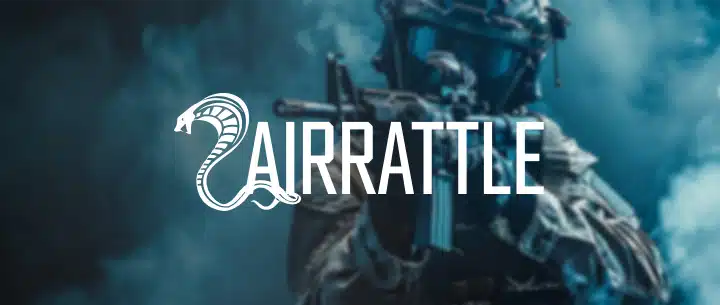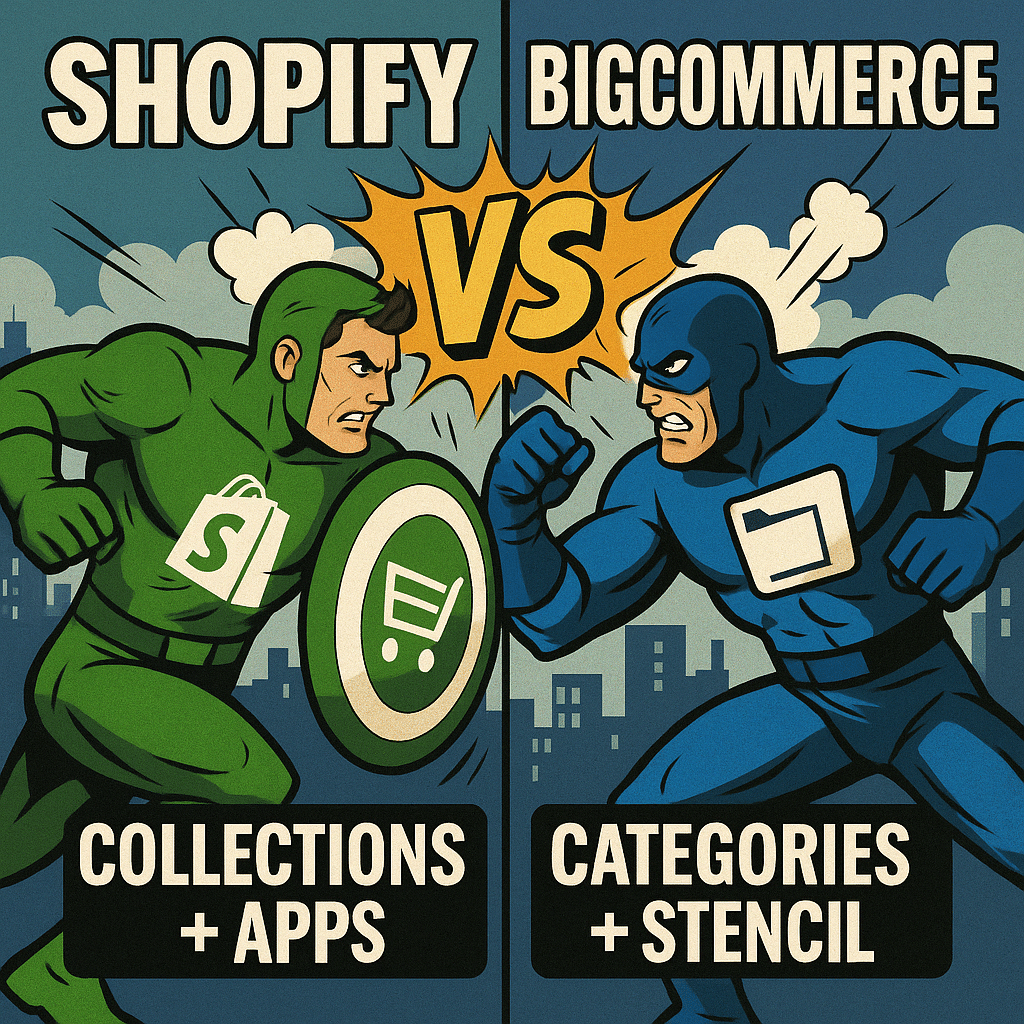
7 E-commerce Design Trends For 2020
Some of the design trends that ruled in 2019 are mobile responsiveness, video, AI chatbots, etc. Now that we are going into 2020, as a designer or an e-commerce business owner, you should get familiar with some of the design trends that are going to become prominent.
Without further ado, here are some of the design trends that will set the pace in 2020. Some are influenced by users preferences while some are simply inspired by renowned brands.
Dark Mode

When we think about it, dark mode isn’t just a design trend for design sake, it has real uses. For one, dark mode is great for eyesight, it helps users avoid straining their eyes. It improves the user experience when they’re in a brightly lit up space. Also, dark mode turns the background of an operating system to black, which means that the black pixels of the operating system are switched off. The result is that it increases battery life, therefore, this is a feature mobile users will definitely want more of in 2020. Just don’t make it a compulsory feature.
Push Notification
Notifications can be annoying quite alright, but nobody likes to miss out on great deals. We want to know when special offers and other things we might be interested in are available. Let’s assume that you’re thinking of going to your favorite concert this December. Now, you might forget when it’s time or may have to actively search for information about the concert. Here’s where push notifications can be useful – that’s if you allow push notifications from a website that has information on the concert. This way, you will get notified when the tickets start selling or when they’re almost sold out.
The other side of push notifications users often find annoying is the interval in which the notifications come in. No matter how beneficial a website is, I don’t want to get their push notifications every hour of the day. As a designer or an e-commerce business owner, ensure that you don’t do too much. Schedule the notifications, don’t send all the time and only send important information. Remember that users can block notifications, so don’t give them a reason to block yours.
Accessibility

Hence, designing your website while making it accessible will not only help you avoid lawsuit, but also help you reach more internet users. You will be serving both people without disabilities and people with disabilities. You don’t want to be the only one not catering to all kinds of shoppers in 2020 – it won’t speak well of your brand.
Minimalism
We are leaving behind the era of millions of themes and widgets on websites. Going forward, simplicity and preciseness will rule. E-commerce site owners have come to realize that shoppers are not looking out for creative designs, they just want to find the right information on your site, and quick.
Minimalism means websites will use as few colors as possible, few buttons, and will probably hide the navigation bar. There will also be lack of shadows and designers will no longer see the need to use numerous fonts. Basically, e-commerce sites will start displaying as few elements as possible in 2020. What’s the use of numerous elements on an e-commerce website anyway? To confuse shoppers?
White Space
One of the design trends that will complement minimalism in 2020 is white space – also known as negative space. It is the design that allows for blank space between elements displayed on webpages. White space can be useful, in which you use it to draw attention to your CTA or whatever important details you choose. On the other hand, it can just be, in which it is simply blank space creating an aesthetically pleasing look.
While white space is commonly white, it can be any color you choose as long as it follows the rule of leaving big spaces between texts, around visuals etc.
Oversized Elements

Full Screen Forms
This is one design that is set to make filling online forms less uninspiring. We fill a lot of online forms on the internet, going from filling shipping information to signing up, and many more. One thing common to all online forms is that there’s hardly anyone who enjoys the process, in fact we’d rather not fill any form. However, online forms are needed, and if they can be improved, why not, right?
Enlarging online forms to take up the whole screen, while adding real-time subtle interactive feature is what we need in 2020. Interactive feature, as in when users are filling online forms, a minimal signal can pop up in real-time to say when a field has been filled. This will prevent users from waiting for the online form to upload before getting feedback that they missed a field.
Over To You
If you have been paying attention to the design trends mentioned in this article, you would notice that 2020 will be more content-centric and user-centric. Web designers kind of fell off from trying to serve web users in the past years by focusing more on creative designs. Now, we are going back to the design trends of the beginning era of e-commerce, where websites simply displayed the needed information. No too many filters, only the needed content clearly displayed.





